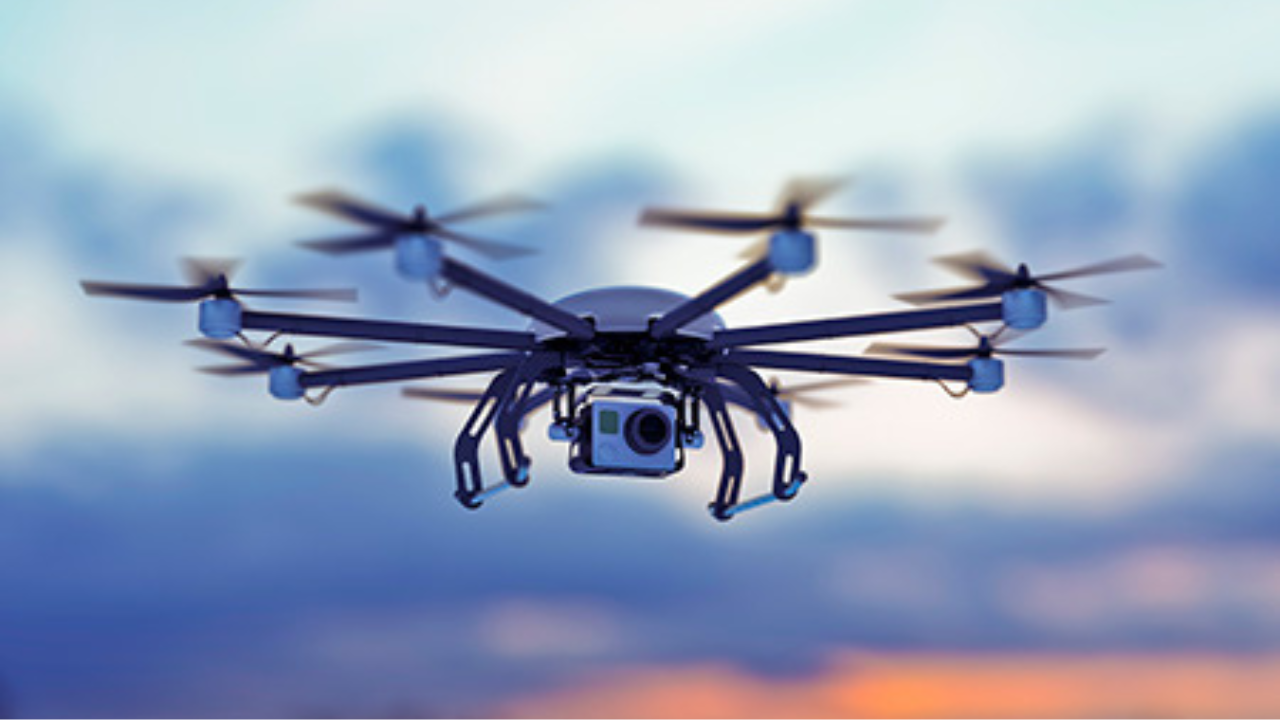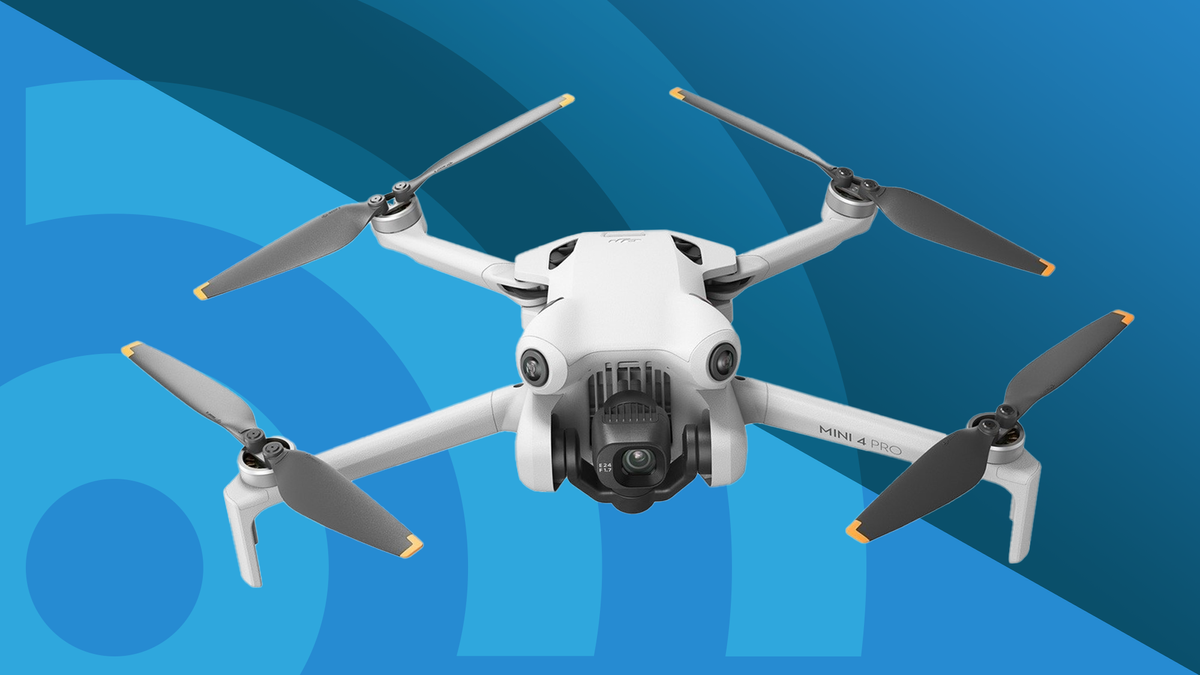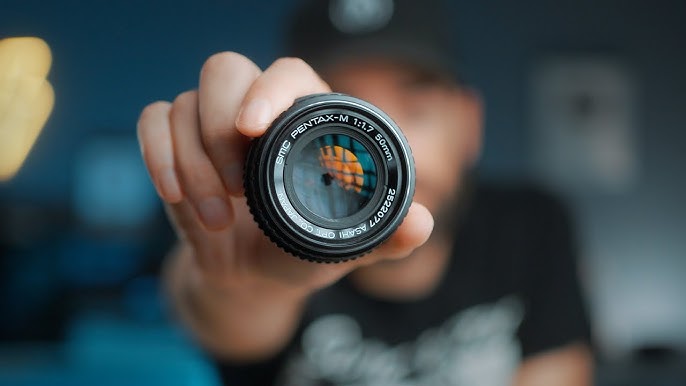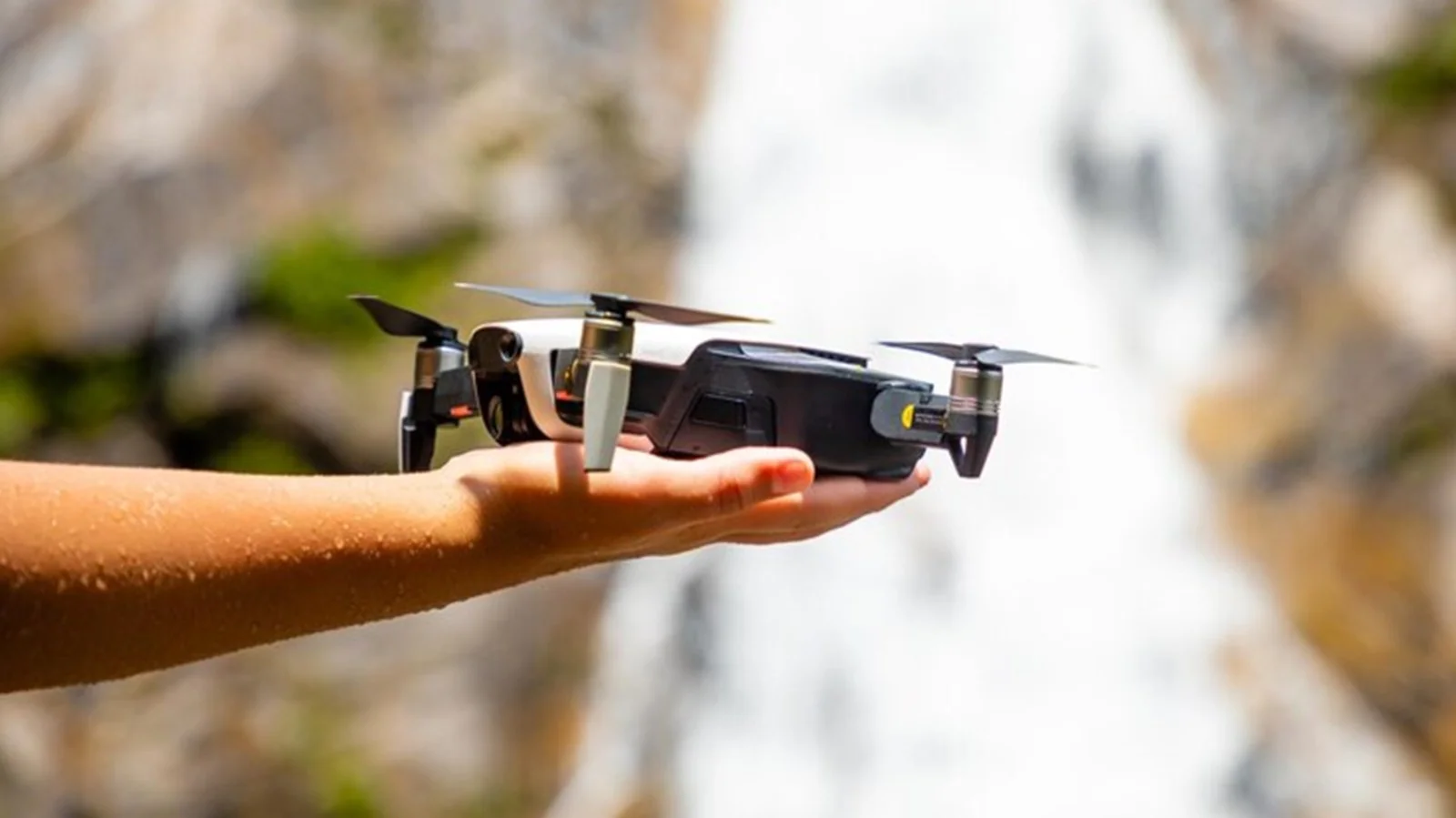Welcome to the world of drones, where what was once a hobby has now evolved into a thriving industry. These uncrewed aerial vehicles have taken flight and captured our imaginations with their incredible capabilities.
From delivering packages to capturing breathtaking aerial shots, drone technology has transformed how we see and interact with our environment.
Join us as we dive into the latest advancements in this exciting field, uncovering how drones are revolutionizing industries beyond recreational use.
Strap in and prepare for takeoff – it’s time to explore the fantastic possibilities of modern drone technology!
Introduction to Drone Technology
Drone technology is evolving rapidly, and every day, there are new and innovative ways that drones are being used. While most people think of drones as being used for recreation or photography, the truth is that drones have a wide range of potential applications across many different industries.
The possibilities are endless, from delivering packages to aiding in search and rescue operations. In this section, we will briefly overview what drone technology is and how it is being used today.
Drones, or uncrewed aerial vehicles (UAVs), are aircraft operated remotely by pilots on the ground. Drones come in all shapes and sizes, from small quadcopters to sizeable fixed-wing aircraft. Depending on their intended use, they can be equipped with various payloads, such as cameras, sensors, or even weapons.
One of the most popular uses for drones today is photography and videography. Drones equipped with high-quality cameras can capture stunning aerial footage that would be impossible without a helicopter or airplane.
This has made them popular among real estate agents, filmmakers, and anyone else who wants to get unique perspectives for their projects.
Another everyday use for drones is package delivery. Companies like Amazon and UPS are exploring using drones to deliver customer packages in minutes. This would be a huge time saver for customers who need their purchases immediately and reduce traffic.
History of Drones in the Consumer Market
The history of drones in the consumer market can be traced back to the early 2000s when companies like Parrot and DJI started offering “Ready to Fly” (RTF) kits that allowed anyone with a credit card to purchase a drone. The drone industry has exploded in the years since, with new companies entering the market and new drone applications being developed daily.
Today, there are two main types of drones on the market: those designed for recreational and commercial use. Recreational drones are typically smaller, cheaper, and easier to fly than commercial drones, and they come in various shapes and sizes.
On the other hand, commercial drones are larger, more expensive, and require more training; but they offer a much more comprehensive range of features and capabilities.
No matter what type of drone you’re interested in, there’s sure to be one on the market that meets your needs. And with the drone industry continuing to grow at an incredible rate, the sky’s the limit for what these amazing machines will be able to do in the future!
Latest Trends and Innovations in Drone Technology
Drones have come a long way since their inception and are now used in various industries. Here are some of the latest trends and innovations in drone technology:
1. Increased autonomy – drones are becoming increasingly autonomous, with many new models featuring advanced sensors and artificial intelligence that allow them to fly and navigate without human intervention.
2. Improved battery life – one of the most significant limitations of early drone technology was the short battery life, which limited their usefulness. However, newer drone models boast much-improved battery life, allowing them to stay in the air for extended periods.
3. Enhanced safety features – as drones become more prevalent, safety is becoming a significant concern. Many manufacturers are now incorporating enhanced safety features into their drone designs to address this, such as collision avoidance systems and automatic landing capabilities.
4. Advanced imaging and sensor technology – drones are also equipped with advanced imaging and sensor technologies that allow them to capture high-quality data and images. This data can then be used for mapping, surveying, and inspection tasks.
5. Increased payload capacity – another limitation of early drone technology was the limited payload capacity, which prevented them from carrying anything heavier than a few ounces. However, newer drone models have much larger payload capacities, allowing them to take things like cameras, sensors, and other payloads weighing up to several pounds.
6. Improved communications – as technology continues to improve, drones are also improving at communicating with each other and ground control stations. This allows for more complex operations, such as coordinated formations and swarming behavior.
Regulatory Changes and Implications for Consumers
As the drone industry continues to grow and evolve, so do the regulations governing its use. In the United States, the Federal Aviation Administration (FAA) regulates all aircraft, including drones.
The FAA needs to be faster to adapt its regulations to the rapidly changing drone technology, but it is finally starting to catch up. In 2016, the FAA released its first set of comprehensive rules for drones weighing less than 55 pounds. These rules were enacted in August 2016 and applied to commercial and recreational drone users.
Some of the critical provisions of these new rules include:
-Drones must be registered with the FAA before they can be flown.
-Drones must be kept within visual line of sight at all times. This means that the operator must be able to see the drone with their naked eye, not through binoculars or a camera display.
-Drones may not be flown over people who are not directly involved in the operation of the drone.
-Drones may only be flown during daylight or twilight hours if they have anti-collision lighting.
-Drones may not exceed an altitude of 400 feet above ground level.
While these new rules are a step in the right direction, they are still quite restrictive when compared to the regulations governing other aircraft. For example, airplanes and helicopters can fly over people as long as they are not flying recklessly or carelessly. They also have much higher altitude limits.
These new rules have several implications for consumers. For one, the registration process is likely to be a deterrent for some potential drone users.
The FAA has also set up an online test that must be passed before registration can be completed, adding another layer of complexity.
Additionally, the altitude limits and visual line of sight requirements will likely affect the types of activities in which drones can be used.
For example, if a user wanted to take aerial photographs of an event or scenic landscape, they would need to remain within 400 feet and maintain visual contact with the drone at all times.
These regulatory changes should ensure that drones are operated safely and responsibly. By adhering to these rules, consumers will reduce their risk of endangering people on the ground while avoiding any legal repercussions from breaking the law.
Commercial Applications of Drone Technology
The potential applications for drone technology in the commercial sector are vast and varied. The possibilities are endless, from delivering goods and services to remote locations to conducting aerial surveys and inspections to providing security and crowd control at events.
As the technology continues to develop, so too do the potential applications for commercial use. For businesses and organizations looking to utilize drone technology in their operations, staying up-to-date with the latest developments is essential to make the most of this exciting new technology.
Tips for Getting Started in the Drone Industry
When getting started in the drone industry, there are a few things to remember. First, it is essential to have a clear understanding of the regulations and requirements for operating a drone.
Second, it is necessary to have a good grasp of the technology and how to use the drone safely. It is beneficial to build a strong network of contacts within the industry.
Here are a few tips to get started in the drone industry:
1. Get familiar with the regulations. Depending on where you live, there are different rules and regulations for flying drones. It is essential to be familiar with these regulations before operating a drone.
2. Understand the technology. Drones are becoming increasingly advanced, and a lot of technology is involved in flying them safely. Understanding how the drone works and what all the controls do before flying it is essential.
3. Build a network of contacts. Many people are involved in the drone industry, from manufacturers to pilots to service providers. It is helpful to build relationships with these people so you can learn more about the industry and find opportunities for work or collaboration.
Conclusion
Drone technology has come a long way since its beginnings as a hobby. From specialized agriculture to military applications, drones are now being used in almost every industry and offer the potential for incredible innovations.
With technological advances, there is no limit to what we can do with these fantastic machines. As drone technology continues to advance, it’s exciting to think of all the possibilities it will bring us.









Leave a Reply